Over the past 30 years, Thanh Hai Ceramics in the ceramic village of Bat Trang, 15km west of Hanoi, has continually grown with a system of 100 ceramics stores nationwide , earning an annual revenue of some 20 billion dong (880,000 US dollars).
The company, specialising in manufacturing ceramic products for interior and exterior decoration, is also one of the few construction ceramic makers in Vietnam that has kept the traditional hand-made process.
Remembering the very first days of the company, Thanh Hai Ceramics founder and director Vu Manh Hai said it was a long road from a small household workshop to a company with a strong foothold in the market.
Having been a ceramics artisan himself in 1988, the period when the country started the renovation process (Doi moi), Hai saw the potential of a construction boom in the upcoming development of the economy. He began producing ceramic banisters at his small workshop.
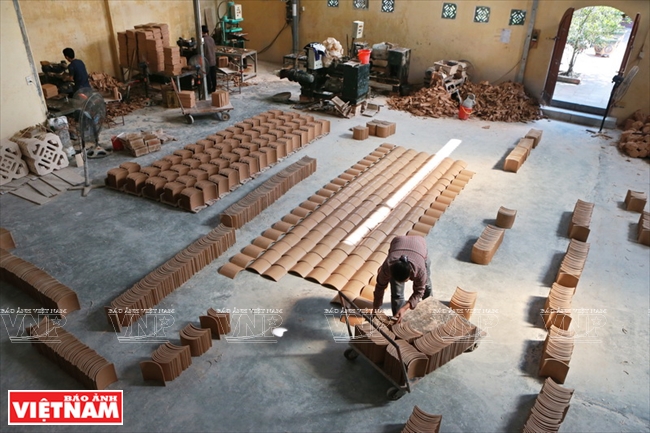
A corner of Thanh Hai Ceramics 5,000m2 production facility.

Pouring clay in the mould in a traditional way.
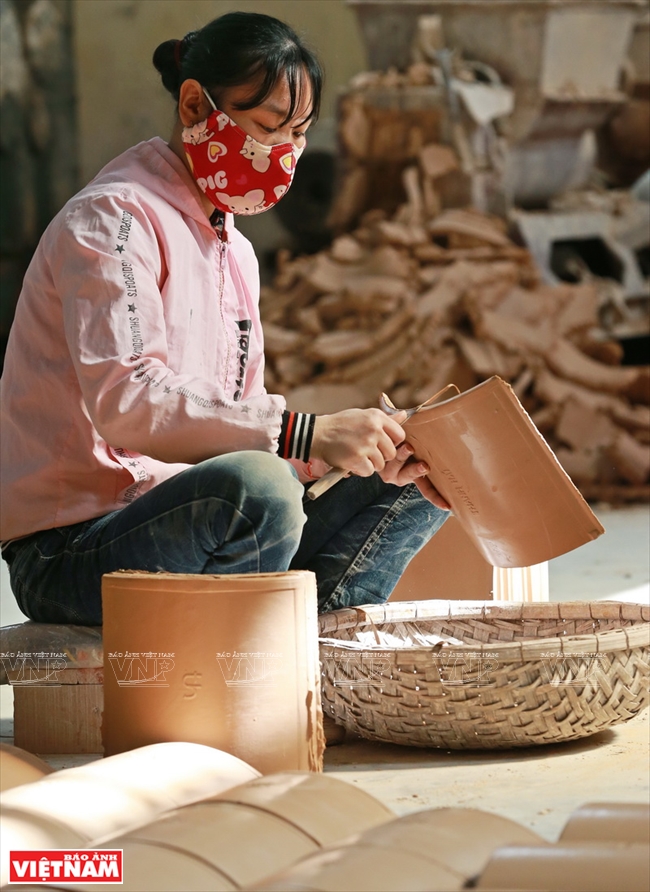
Most of the finishing processes are done by hand.

A complicated job that requires skill.
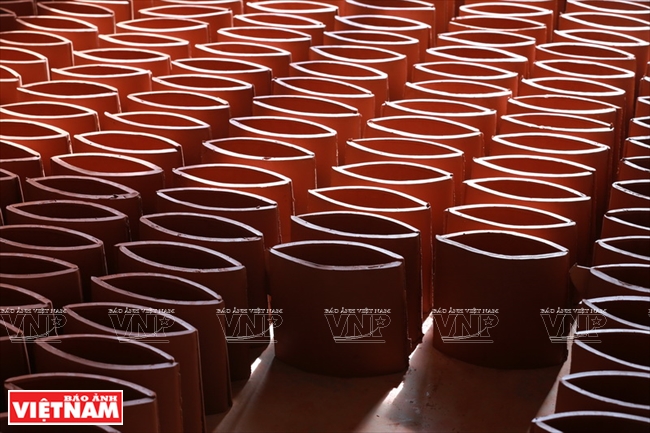
Yin-Yang tiles before the heating process. |
|
Besides applying the traditional production process inherited from his ancestors, the new facility helped the company apply modern technology such as a raw clay extraction machine and gas furnaces, which helped to increase the production capacity. |
Hai was right, his ceramic banisters were sold very well with orders from many provinces and cities nationwide.
Hai’s success also inspired other artisans in the thousand year-old ceramics village to produce construction ceramics and helped change the small village into a busy production and trading site.
Motivated by the profitability from ceramic banisters, in 1988 Hai established the Thanh Hai Ceramics Company in order to expand and diversify production.
Two years later, Hai expanded his small workshop into a production facility with a total area of 5,000m2.
“We wanted to professionalise the production process based on the handmade idea in order to manage output,” Hai said.
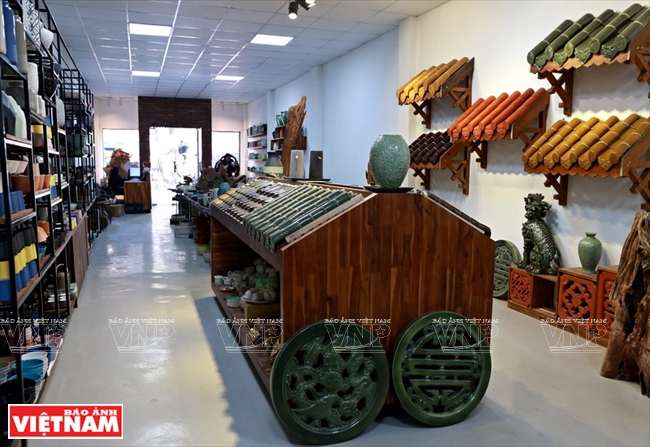
A Thanh Hai Ceramics store with diverse products.
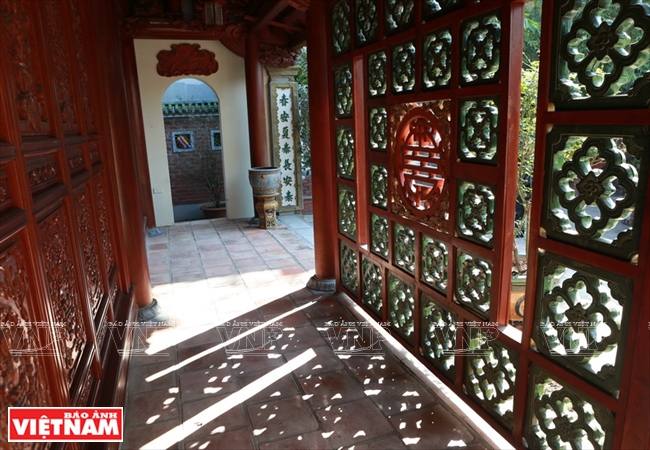
Ventilation tiles with vintage designs.
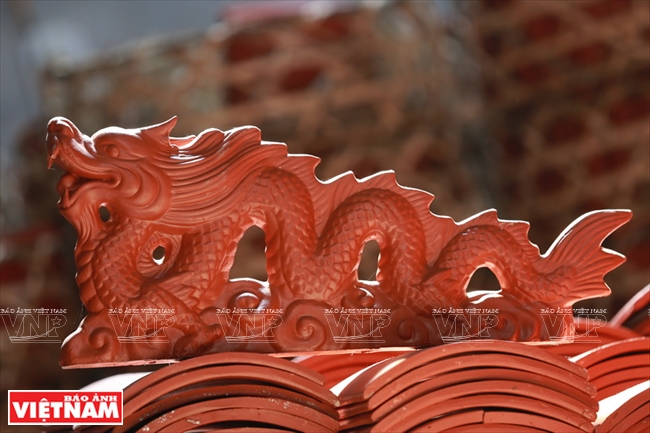
CA ceramic dragon for exterior decoration.

A statue of nghe, an ancient fictional animal.
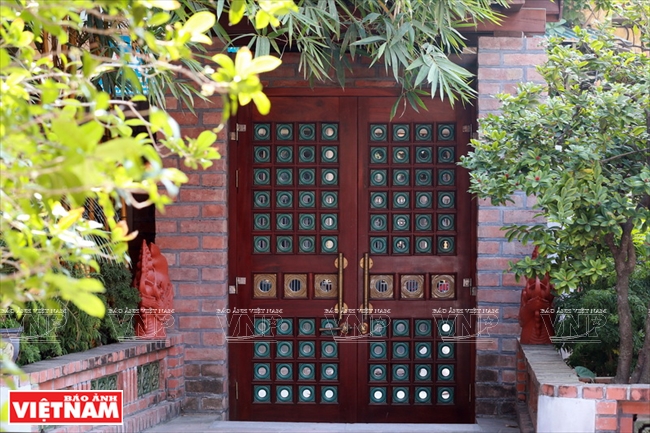
Round tiles for door decoration.
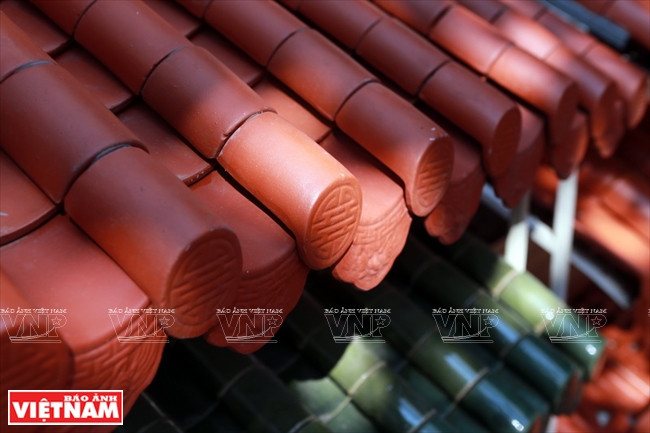
Yin-yang tiles are one of the best selling products.

Sun tiles for roof decoration of pagodas and communal houses.
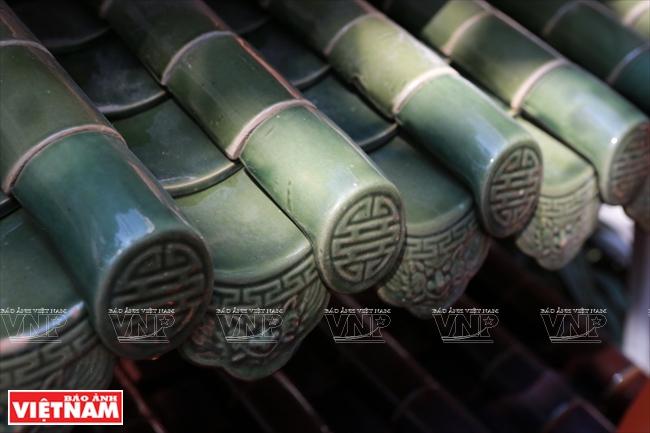
Purple Yin-yang tiles.
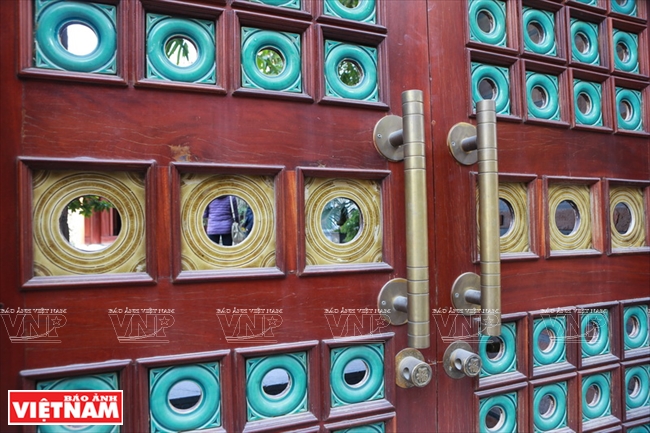
Beautiful ventilation tiles with vintage styles.
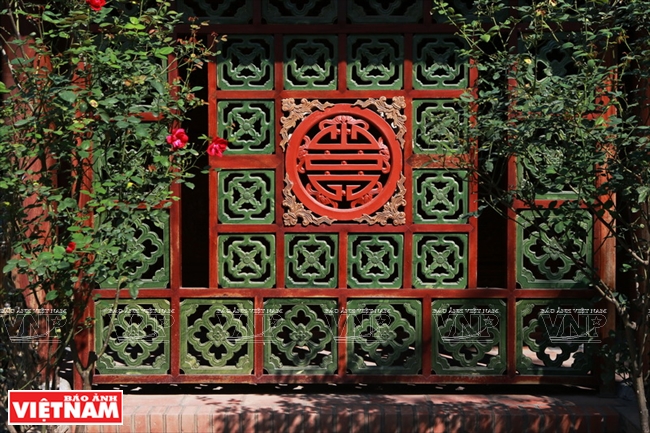
Decorative ceramics.
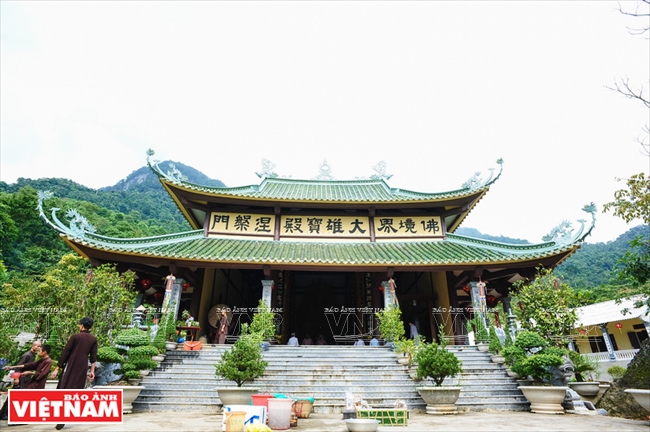
Tan Vien pagoda in Hanoi with products from Thanh Hai Ceramics. |
Besides applying the traditional production process inherited from his ancestors, the new facility helped the company apply modern technology such as a raw clay extraction machine and gas furnaces, which helped to increase the production capacity.
Hai said the company now has 35 product lines and can produce 100% handmade porcelain and ceramic glazed earthenware.
At the age of 50, Hai said his “involvement” with the ceramic business is a passion and he loves what he does.
Story: Thuc Hien - Photos: Tat Son